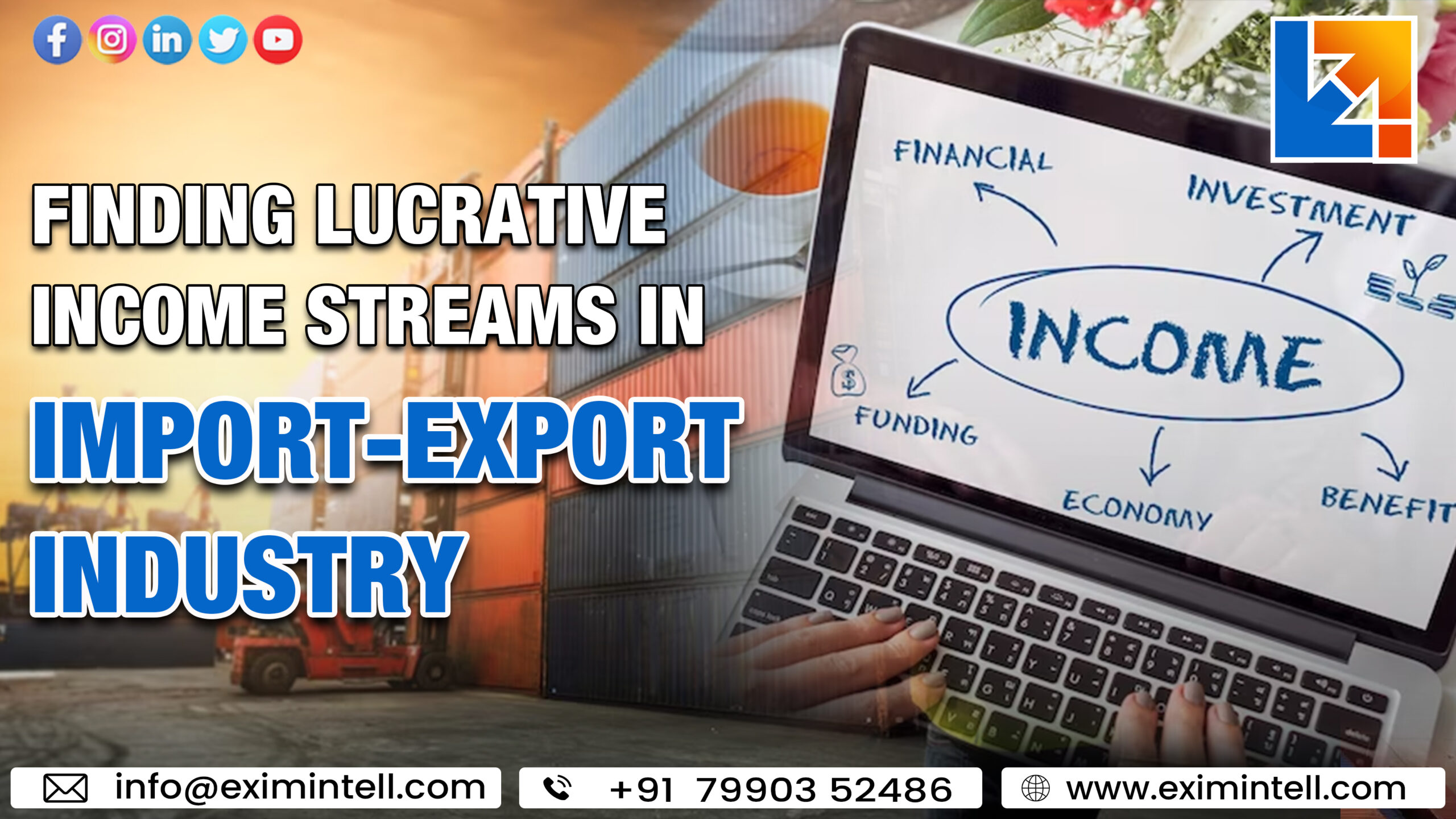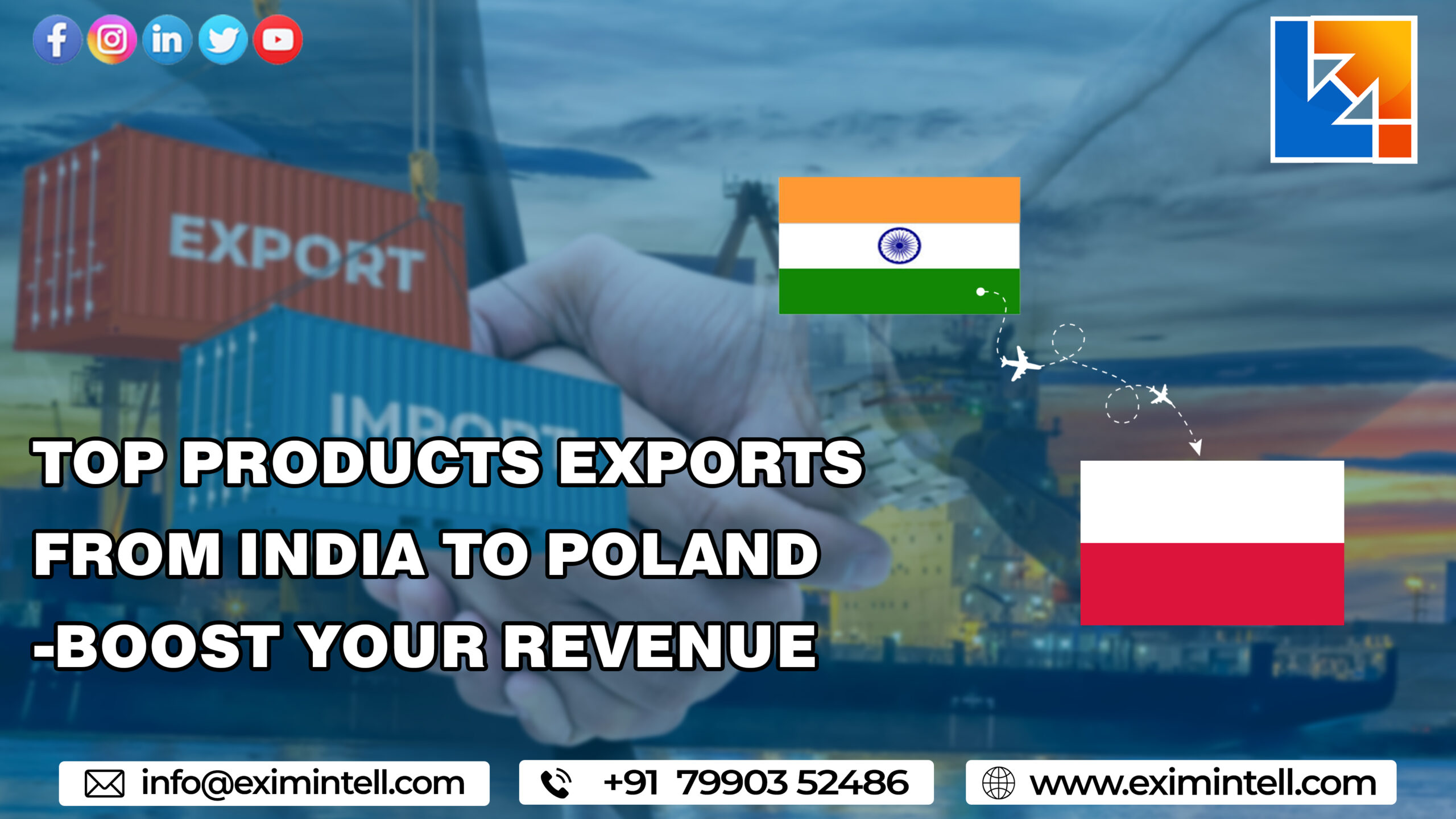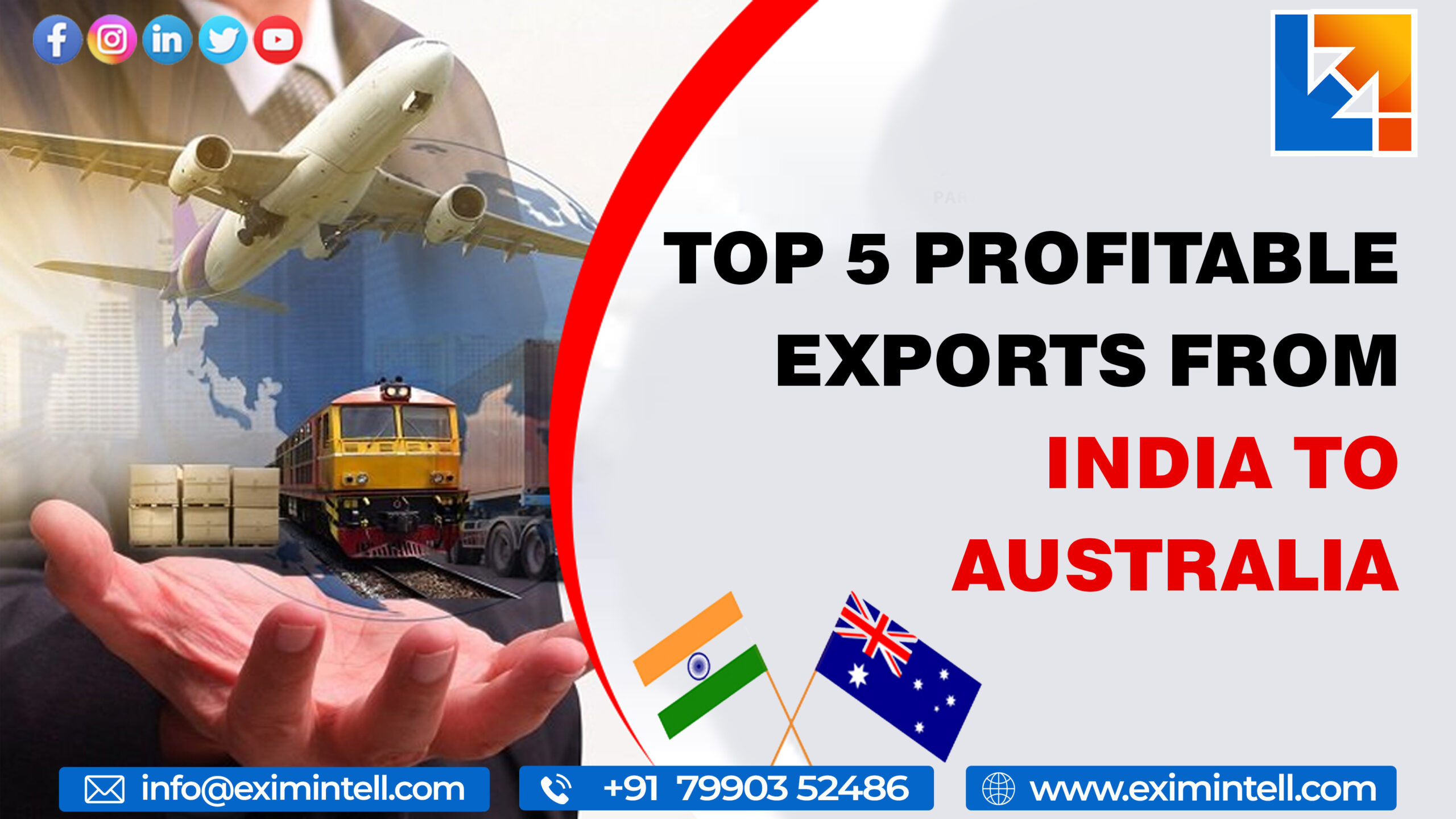Are you tired of the same old 9-5 routine? Do you dream of exploring exciting opportunities that offer endless profit potential? Look no further! In today’s blog post, we are diving headfirst into the world of the import-export industry, uncovering hidden gems and lucrative income streams.
Whether you’re a seasoned entrepreneur or just starting, get ready to be captivated by the countless possibilities awaiting you in this dynamic sector. Brace yourself for an adventure where borders are merely lines on a map and success knows no bounds – it’s time to discover your next big break in import-export land!
Introduction to the Import-Export Industry
The import-export industry offers a world of opportunity for those looking to generate income outside of the traditional 9-5. From sourcing and selling products internationally to facilitating the transport of goods, there are several ways to get involved in the import-export industry.
For those just getting started, it’s important to understand the basics of how the industry works. In general, importing refers to the act of bringing goods or services into a country from another country. Export, on the other hand, is the process of sending goods or services out of a country to another country.
Several factors come into play when importing or exporting goods, such as tariffs, quotas, and duties. It’s important to have a solid understanding of these before getting started in the import-export business. Additionally, it’s also beneficial to have an understanding of international shipping logistics and customs regulations.
Those looking to get started in the import-export industry can find plenty of opportunities for making money. With a little research and planning, anyone can tap into this lucrative market and start generating income.
Types of Opportunities in the Import-Export Industry
The import-export industry offers a variety of opportunities for those looking to start their own business or expand their existing operation. Below are some of the most common types of opportunities in the industry:

1. Export Agent/Broker: An export agent or broker is someone who facilitates the sale of goods from one country to another. They typically work with manufacturers and suppliers in the country of origin to help them find buyers in other countries.
2. Import/Export Merchant: An import/export merchant is a company that buys goods from suppliers in one country and sells them to customers in another country. Merchants typically specialize in a certain type of product or commodity, such as food products, textiles, or electronics.
3. Freight Forwarder: A freight forwarder is a company that specializes in arranging transportation for goods being shipped between two countries. Forwarders typically provide a variety of services, such as storage, packaging, and documentation preparation.
4. Customs Broker: A customs broker is someone who helps businesses comply with customs regulations when importing or exporting goods. Brokers can provide a variety of services, such as consulting on regulations, preparing paperwork, and filing protests on behalf of clients.
Pros & Cons of Starting an Import-Export Business
There are many pros and cons to starting an import-export business. on the plus side, an import-export business can be very profitable. There is a large potential market for imported goods, and if you can tap into it, you can make a good living. Additionally, an import-export business can be relatively easy to start up – you don’t need a lot of capital or experience to get started.
However, there are also some downsides to starting an import-export business. One of the biggest challenges is finding reliable suppliers. It can be difficult to find manufacturers who produce high-quality goods at competitive prices.
Additionally, shipping costs can be quite high, and there is always the risk of damage or loss during transit. Import/export businesses are heavily regulated by both government agencies and international treaties, so you need to be familiar with the rules and regulations before getting started.
How to Start an Import-Export Business
Starting an import-export business can be a lucrative way to earn income, as there is a global market for goods and services. To start an import-export business, you will need to research the market, find a niche, and develop a business plan.
1. Research the Market
Before starting your import-export business, you need to research the market to find out what goods or services are in demand. You can use online resources, such as trade directories and market reports, to learn about trends in the global marketplace. You should also consider contacting trade associations or attending trade shows to get more information.
2. Find a Niche
Once you have an idea of what goods or services are in demand, you need to find a niche for your business. Try to identify a specific need that you can meet with your product or service. For example, you might specialize in importing organic food products from South America or exporting fashion accessories to Asia.
3. Develop a Business Plan
After you have researched the market and found a niche for your business, you need to develop a business plan. Your business plan should include an analysis of the competition, marketing strategies, financial projections, and operational plans. Once you have developed your business plan, you will be ready to start your import-export business!
4. Obtain Financing
Starting an import-export business requires capital, so you will need to find financing. Whether you use your savings, obtain a loan, or pursue venture capital funding, make sure you can cover the costs of startup and operation.
5. Register Your Business
You also need to register your business with relevant government agencies before you can get started. Depending on where you’re located, this could include registering with your local Chamber of Commerce, obtaining tax IDs from the IRS and state governments, and obtaining any necessary import/export permits or licenses.
6. Establish Supplier Relationships
Once your business is registered, it’s time to establish relationships with suppliers. You should research potential suppliers, evaluate products and pricing structures, negotiate contracts, and choose the right partners for long-term success.
7. Market Your Business
Lastly, you need to market your business to get customers and make sales. Consider using online marketing techniques such as SEO and social media marketing as well as traditional methods like print advertisements and cold-calling prospects.
Market Research & Sourcing Products for Your Business
Product sourcing is a key part of any successful import-export business. without the right products, you won’t be able to compete in the market. There are a few different ways to go about sourcing products for your business.
One way is to do your market research. This involves taking the time to understand your target market and what they are looking for. Once you have a good understanding of your market, you can start sourcing products that you think they will be interested in. This can be a bit of a trial-and-error process, but it will eventually lead you to the right products.
Another way to source products is to use a sourcing agent. These agents specialize in finding products for businesses and can help you save a lot of time and effort in your product search. They usually have access to a wide range of suppliers and can help you negotiate better prices for your products.
Sourcing agents typically charge a commission for their services, but they can be well worth the investment if they help you find the right products for your business.
No matter which method you choose, make sure that you take the time to find the right products for your business. The wrong products can quickly sink your business, so it’s important to get it right from the start!
Shipping & Logistical Concerns in the Import Export Trade
Most businesses that engage in the import-export trade are concerned with two main things: shipping their goods to their overseas customers, and making sure they are getting paid for their efforts. Let’s take a look at each of these logistical concerns in turn.
Shipping can be a challenge when working with overseas customers. First, you need to find a reputable and reliable shipping company that can get your goods to their destination safely and on time. This can be a difficult and costly process, especially if you are shipping large or delicate items.
In addition, you need to make sure that your shipping paperwork is in order, as this can often be a source of delays and frustration. Once your goods have been shipped, you also need to keep track of them so that you can provide your customer with an estimated delivery date. All of this takes time, effort, and money – but it is essential if you want to succeed in the import-export trade.
Making sure you get paid is another important concern when doing business overseas. There are several ways to do this, but the most common is through using a third-party payment service such as PayPal or Western Union.
These services allow you to receive payments from your customers without having to worry about exchange rates or bank transfer fees. You will still need to provide invoices and other documentation to your customer, but using a third-party payment service can simplify the process and help ensure that you get paid promptly.
Distribution Channels and Negotiating Tactics
There are several distribution channels available to companies in the import-export industry. These include:
1. Direct selling: This involves selling products directly to customers, either through face-to-face interactions or online.
2. Indirect selling: This involves selling products through intermediaries such as wholesalers, retailers, or online marketplaces.
3. Franchise: This involves licensing the rights to sell a company’s products or services to franchisees, who then operate their independent businesses.
4. Joint venture: This involves partnering with another company to jointly develop and market products or services.
5. Licensing: This involves granting another company the right to use your company’s intellectual property, such as patents, trademarks, or copyrights.
The most appropriate distribution channel for a particular company will depend on a variety of factors, including the type of product being sold, the target market, and the resources available. It is important to carefully consider these factors before deciding on a distribution channel.
Once a distribution channel has been selected, it is important to negotiate terms with potential partners that are favorable to your company. This includes negotiating contracts that protect your intellectual property and ensuring that you receive an adequate share of profits.
Risk Management Strategies for Your Business
Risk management is critical for any business, but it is especially important in the import-export industry. This industry is full of potential pitfalls and risks that can jeopardize your business if you’re not careful.
There are a few key risk management strategies you should implement in your import-export business:
1. Diversify your products and markets: Don’t put all your eggs in one basket. Spread out your products and markets so that you’re not too reliant on any one area. This will insulate your business from market fluctuations and disruptions.
2. Manage currency risk: Currency fluctuations can wreak havoc on your bottom line. Use hedging strategies to protect yourself from currency swings.
3. Mitigate political risk: Political instability in countries can disrupt trade and lead to losses for businesses. Stay up-to-date on the political situation in the countries you’re doing business with and be prepared to adjust your plans accordingly.
4. Get insurance: Insurance is a must in the import-export industry. Make sure you’re adequately covered against losses due to theft, damage, or other unforeseen events.
Networking Tips & Finding Partners
There are a few simple tips that can help you network and build relationships in the import-export industry. First, attend trade shows and events that are relevant to your business. This is a great way to meet potential partners, customers, and suppliers.
Second, join trade associations or chambers of commerce related to your industry. These organizations can provide valuable networking opportunities and resources. Consider working with a broker or freight forwarder. These professionals can help you connect with the right people in the industry and navigate the complex world of international trade.
Conclusion
One crucial aspect of succeeding in the import-export industry is seeking professional guidance from seasoned experts like EximIntell. As a leading export-import consultant, EximIntell offers invaluable insights, knowledge, and experience that can make a significant difference in your journey towards success. Their expertise in international trade, customs regulations, market research, and logistics can help you overcome challenges and capitalize on growth opportunities.




















